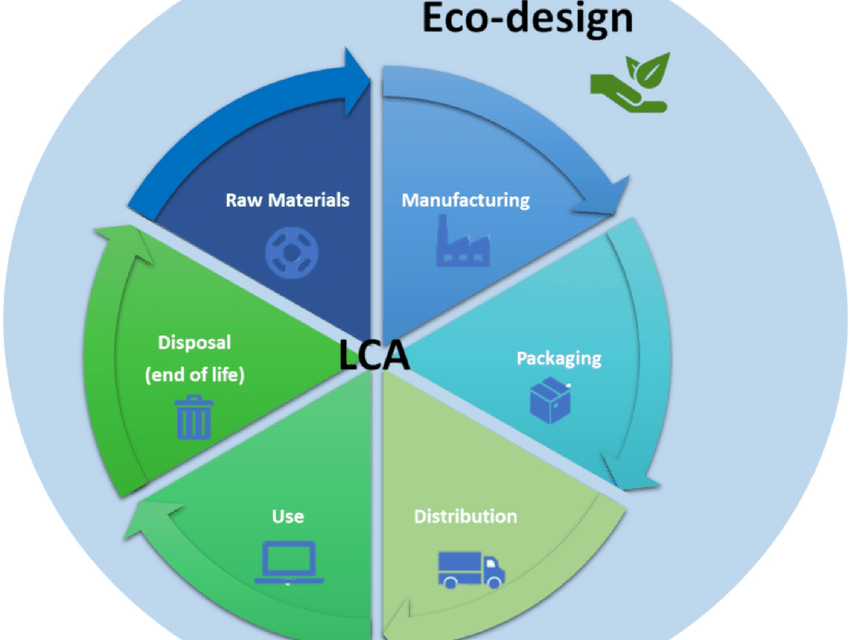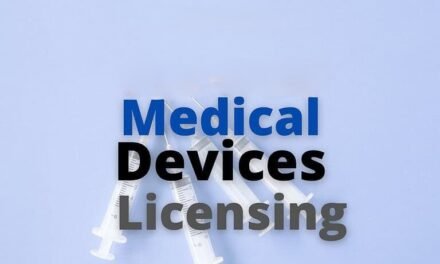
How do regulations encourage eco-friendly medical device design?

Regulations play a critical role in encouraging eco-friendly medical device design by establishing standards and guidelines that prioritize sustainability, resource efficiency, and environmental impact reduction. These regulations push manufacturers to adopt greener practices throughout the product lifecycle, from design and production to disposal. Here’s how regulations drive eco-friendly medical device design:
1. Extended Producer Responsibility (EPR):
- Requirement: Manufacturers are held responsible for the environmental impact of their products, including end-of-life management.
- Encouragement:
- Incentivizes the design of recyclable and reusable devices to reduce disposal costs.
- Promotes take-back programs and device refurbishment.
- Example: European Union’s Waste Electrical and Electronic Equipment (WEEE) Directive mandates producers to manage e-waste responsibly.
2. Eco-Design Directives:
- Requirement: Devices must meet specific criteria for energy efficiency, recyclability, and material use during the design phase.
- Encouragement:
- Drives innovation in reducing material consumption and using sustainable resources.
- Encourages modular designs that facilitate repairs and upgrades.
- Example: The EU Eco-Design Directive applies to energy-related products, influencing manufacturers to optimize device energy consumption.
3. Material Restrictions:
- Requirement: Restriction on the use of hazardous substances in medical devices to reduce environmental and health risks.
- Encouragement:
- Pushes manufacturers to find non-toxic, eco-friendly alternatives.
- Reduces the environmental footprint of disposed devices.
- Example:
- Restriction of Hazardous Substances (RoHS) Directive in the EU limits substances like lead, mercury, and cadmium in electronic devices.
- California Proposition 65 requires disclosure of chemicals known to cause cancer or reproductive harm.
4. Mandatory Recycling and Waste Management Standards:
- Requirement: Compliance with recycling and waste management laws.
- Encouragement:
- Motivates companies to design devices that are easier to disassemble and recycle.
- Promotes resource recovery from disposed products.
- Example: The Circular Economy Action Plan by the EU prioritizes sustainable product design and resource efficiency.
5. Carbon Emissions Regulations:
- Requirement: Manufacturers must measure and reduce carbon emissions associated with their products and processes.
- Encouragement:
- Encourages energy-efficient manufacturing techniques and the use of renewable energy sources.
- Drives adoption of lightweight designs that reduce emissions during transportation.
- Example:
- The EU Green Deal sets ambitious targets for carbon neutrality by 2050.
- Carbon tax schemes incentivize manufacturers to reduce emissions.
6. Life Cycle Assessment (LCA) Requirements:
- Requirement: Companies must evaluate the environmental impact of their devices across the entire lifecycle.
- Encouragement:
- Promotes sustainable material sourcing and energy-efficient production.
- Identifies areas for improvement in recycling, disposal, and resource optimization.
- Example: ISO 14040 and 14044 standards guide lifecycle assessments.
7. Green Procurement Policies:
- Requirement: Healthcare providers and governments often prioritize purchasing eco-friendly devices.
- Encouragement:
- Manufacturers design greener products to meet procurement criteria and gain a competitive advantage.
- Example: Public procurement policies in the EU mandate sustainability considerations in purchasing decisions.
8. Bio-Based and Biodegradable Material Standards:
- Requirement: Regulations support the use of materials that minimize environmental harm.
- Encouragement:
- Pushes manufacturers to adopt biodegradable polymers and bio-based alternatives.
- Example: FDA’s support for biocompatibility testing encourages the use of sustainable materials in device design.
9. Energy Efficiency Standards:
- Requirement: Devices must meet specific energy efficiency benchmarks, particularly for powered medical equipment.
- Encouragement:
- Drives the design of energy-efficient technologies that consume less power.
- Reduces operational costs for end-users.
- Example: Energy Star certifications for medical devices like imaging systems and monitors.
10. Take-Back and Refurbishment Regulations:
- Requirement: Mandates for take-back programs encourage manufacturers to manage devices at the end of their lifecycle.
- Encouragement:
- Promotes refurbishment and resale of high-value equipment like imaging devices and ventilators.
- Reduces landfill waste and raw material extraction.
- Example: The Medical Device Coordination Group (MDCG) guidelines in the EU encourage device refurbishment to support circular economy goals.
11. Certifications and Labeling Requirements:
- Requirement: Eco-labeling helps consumers and buyers identify sustainable products.
- Encouragement:
- Incentivizes manufacturers to meet sustainability criteria to qualify for eco-labels.
- Example:
- The EU Energy Label for electronic devices highlights energy efficiency.
- The EPEAT (Electronic Product Environmental Assessment Tool) certification for green electronic products.
12. Encouragement of Reusability:
- Requirement: Preference for reusable over single-use devices in regulations and procurement practices.
- Encouragement:
- Drives innovation in sterilization technologies and reusable components.
- Example: Recommendations by the World Health Organization (WHO) to transition to reusable devices wherever feasible.
13. Post-Market Surveillance for Environmental Impact:
- Requirement: Continuous monitoring of a device’s environmental performance after market release.
- Encouragement:
- Ensures compliance with environmental standards and identifies areas for improvement.
- Example: FDA’s focus on environmental impact monitoring during post-market surveillance.
14. Financial Incentives and Subsidies:
- Requirement: Governments and international bodies provide financial support for eco-friendly innovations.
- Encouragement:
- Manufacturers adopt greener practices to qualify for grants, subsidies, or tax credits.
- Example: EU Horizon 2020 funding supports sustainable medical device innovations.
15. Encouragement of Industry Standards and Best Practices:
- Requirement: Alignment with voluntary sustainability standards recognized by regulators.
- Encouragement:
- Drives cross-industry collaboration to achieve environmental goals.
- Example: Healthcare Plastics Recycling Council (HPRC) promotes best practices in plastic recycling for medical devices.
Impact of Eco-Friendly Regulations:
- Product Design: Encourages innovative designs that use fewer resources and simplify recycling.
- Consumer Awareness: Eco-labeling and procurement policies educate consumers and buyers about sustainable options.
- Competitive Advantage: Companies meeting these standards gain a market edge, especially with environmentally conscious buyers.
Regulations are a powerful driver of eco-friendly medical device design, pushing manufacturers to innovate, adopt sustainable practices, and reduce environmental impacts. By prioritizing lifecycle thinking, material efficiency, and resource optimization, these regulatory frameworks not only ensure compliance but also pave the way for a greener, more sustainable future in healthcare.




























